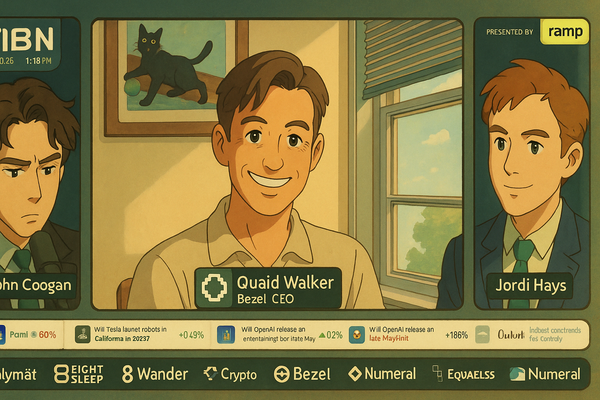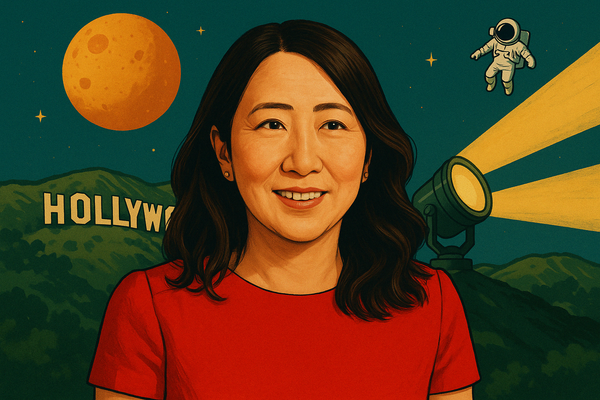Brand safety’s latest failure
Gambling is still going on in Casablanca
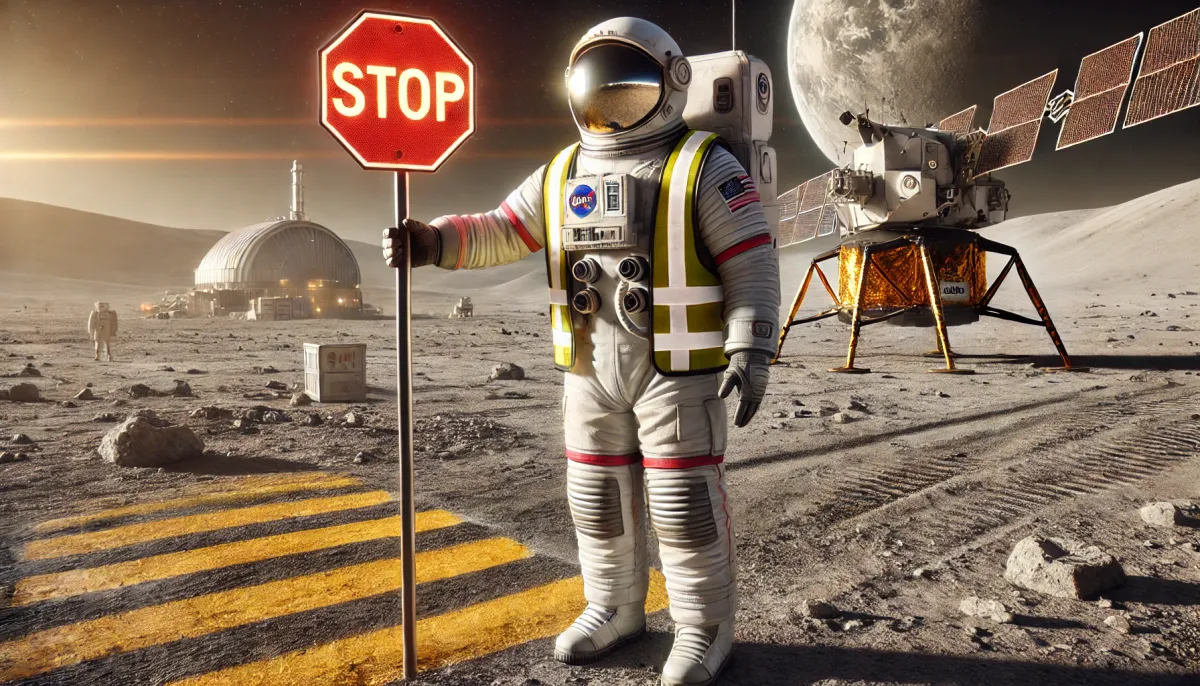
Hope everyone enjoyed the Eagles triumph at the Super Bowl. Adweek published 122 articles about the ads. I enjoy that the Super Bowl ads remain the one time of the year Americans do not flee advertising but welcome it – on the condition that the brands compete with each other for our attention. They must entertain us, and we give them a thumbs up or a thumbs down. This is as close as the CMO gets to being in the arena.
Reminder: Please take The Rebooting’s audience survey. It’s only five minutes. As a thanks, if you leave your email, I’ll pick five to get a free year of TRB Pro membership. Take the survey.
Today:
- Brand safety is impossible
- Alternative media M&A
- The agentic AI advertising freakout
- The pivot to audience

How does your email engagement stack up?
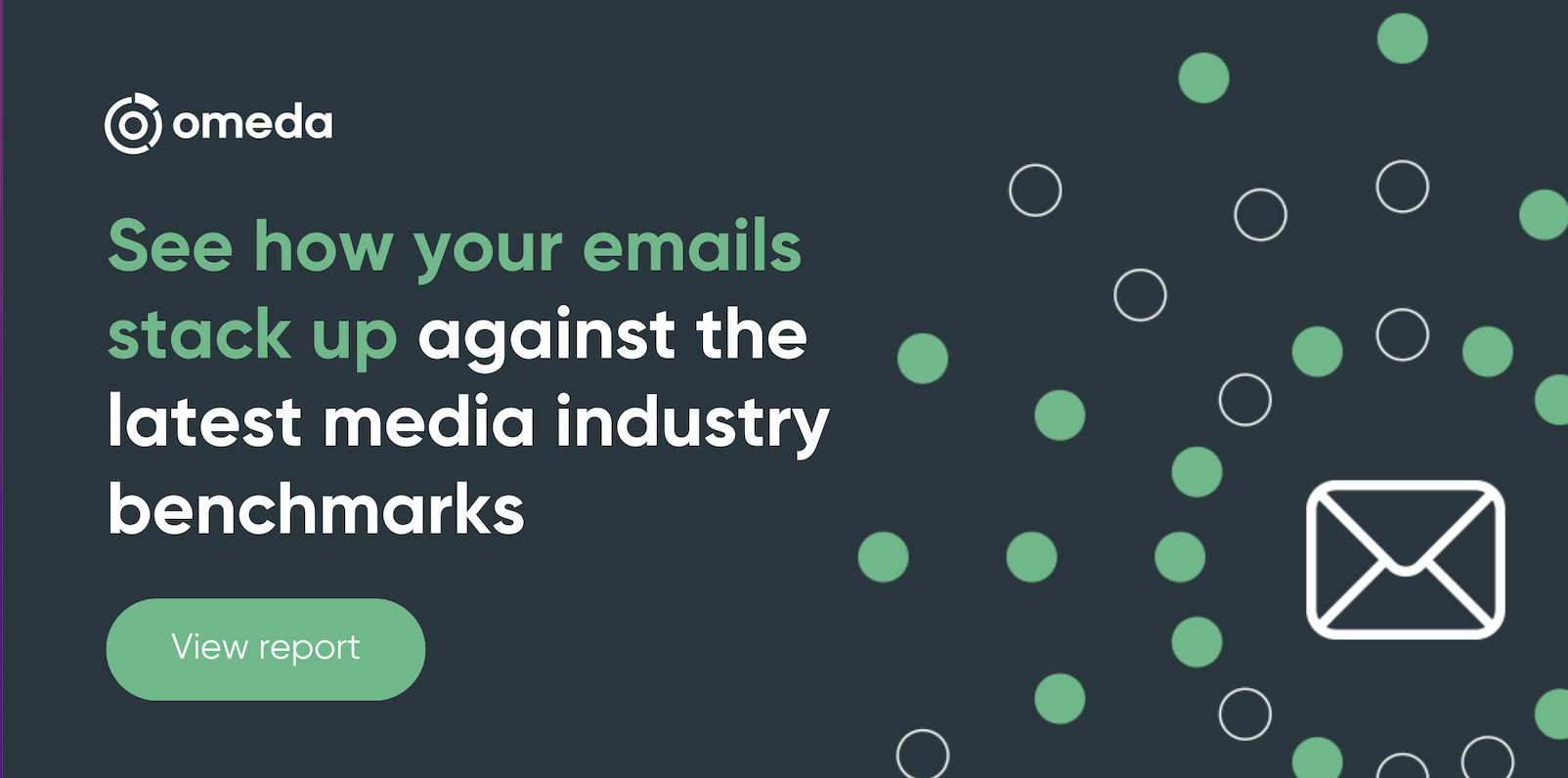
The numbers are in—7.6 billion emails were sent through Omeda in 2024, and Omeda analyzed the data to uncover key trends. Now that Q4 is wrapped up, it’s the perfect time to assess your performance and fine-tune your 2025 email strategy.
This quarter's report, dives into newsletter performance and subject line length—two critical factors that influence engagement, deliverability, and conversions. Are your emails performing as well as they could? See how your metrics compare, uncover actionable insights, and optimize your approach with Omeda’s latest Email Engagement Report.
Brand safety is impossible
They say history doesn’t repeat itself, only sometimes it does. Every once in a while, a new brand safety “scandal” pops up where an investigation or just a reporter perusing dark corners of the internet finds big brands advertising next to and monetizing horrific content. For whatever reason, one of our reporters at Digiday found Nissan pre-rolls ads on a beheading video in 2013.
These periodic kerfuffles kick off a sturm und drang of condemnation, expressions of concern from ad buyers, “zero tolerance” PR messaging from the programmatic supply chain that facilitated the ads, condemnation from the brands involved and promises to investigate and supposed frustration, and then…. not much.
The latest iteration of this long-running soap opera is a result of an Adalytics report that brands are monetizing sites with child sex abuse imagery. This has spurred senators to demand answers from a range of brand safety vendors, Google, Amazon and others. I’m not holding my breath for much to change.
Let’s remember the Great YouTube Advertiser Boycott of 2017-2019. That was kicked off by one of the periodic investigations in which The Wall Street Journal found brands like Pepsi and Wal-Mart running ads on hate speech. YouTube made some tweaks, advertisers got over it once they saw how YouTube is basically TV for young people. Last week, Google reported that YouTube generated $10.5 billion in ad revenue in the fourth quarter of 2024.
Brand safety is a highly imperfect solution to a fundamental problem that is a feature of digital advertising. The separation of audience data from the media impression, combined with performance marketing eating advertising and the vastness of the Information Space, means the tradeoff of having ads appear in scummy places. There will always be an error rate, and I do not believe AI will solve this. Instead, outrage theater will dissipate until the next scandal.
If anything, the pendulum is swinging against brand safety overall. It is a kissing cousin of content moderation, which is in full retreat. Give Meta CEO Mark Zuckerberg credit for at least owning that relaxing its content moderation rules means more “bad stuff” on Meta’s platforms. MAGA politicians have painted brand safety and demonetization as a handy ideological boogeyman. Look at what quick work Elon Musk made of GARM, a group that was designed to combat just this thing, only to get painted as a censorship tool. Meanwhile, brand safety filters continue to make regular news sites nearly impossible to monetize through ads alone.
This isn’t so much of a technical problem as it is a lack of will. The plausible deniability of the programmatic ad system creates too many incentives for these issues not to be addressed because too many profit from a laissez faire approach. A predictably anonymous ad buyer admitted to the BBC, “We have no idea where our ads are going.” If only someone could do something about that.
Maybe it’s time to be honest about the tradeoffs of the programmatic ad system. It is biased to efficiency and effectiveness, not to 100% certainty ads don’t appear next to beheading videos, pedo content, hate speech or whatever else. Filters will get better, but self-interest and political pressure mean they will be tuned to have a non-zero error rate. It’s just a choice.
Institutional media courts alternative media
Politics are the most evolved part of alternative media. MAGA has led to the creation of a robust ecosystem of non-traditional media outlets, from podcasts to newsletters to YouTubers. The White House press room now has YouTubers and podcasters, which while symbolic is the right move. Jim Acosta has gone from theatrical performances in that room to joining alternative media himself with a Substack.
News Corp has taken notice. This week, it bought Red Seat Ventures, a creator network for independent conservative personalities like Megyn Kelly, Tucker Carlson and others. It’s a smart move to gain an understanding of a sector that, in aggregate, is bigger and possibly more influential than Fox News. Let’s not forget that News Corp is also poking around at Daily Wire, which is one of the more fascinating digital media companies around.
We will see more M&A in this space as institutional media companies look to add exposure to what’s inarguably the most vibrant part of the media industry, if not quite at the level of the 2010s when traditional media got spooked by digital media and made ill-advised investments into BuzzFeed, Vox Media, Vice, Group Nine, Mic, Mashable, etc.
Outside of M&A, there is the opportunity to forge more partnerships between institutional media companies and individual creators and networks of creators. Kara Swisher spoke to that as a more attractive path for her and Scott Galloway’s collection of podcasts.
The coming agent freakout
If you thought the AI panic over search was something, wait for the agent panic. The move from chatbots to agents that go out and do things on your behalf is catnip for media futurists. It’s easy to play out a scenario where Minority Report is turned on its head. The 2002 movie imagined a world of digital advertising in which we are endlessly tracked and bombarded with “personalized” ads constantly. (This is funny movie to revisit because it completely missed the smartphone.)
Instead, agentic AI points to consumers giving over most of their buying decisions to bots. That would mean advertising would shift to trying to capture the attention of humans and influence their chaotic decisonmaking to doing the same for bots, which in my experience tend to be a bit more rational and boring than real people.
Marketing exec Ken Mandel has a useful checklist of the implications this holds for advertising.
New job alert: head of audience
I used to have a story format I called “the new most important job in the newsroom.” It was meant to use a growing new role to speak to the larger transformation of the publishing business. That format can be applied to the head of audience. I’ve heard more about this role lately, and The Washington Post has named a new head of audience to a “masthead role,” which in the fuddy-duddy newspaper world means it is important. This is a role that will shift based on the organization but is part of an overall reorientation of publishing to an audience focus as the weight of the business moves for many from ads to subscriptions, and the overall publishing environment rewards loyalty over raw scale.
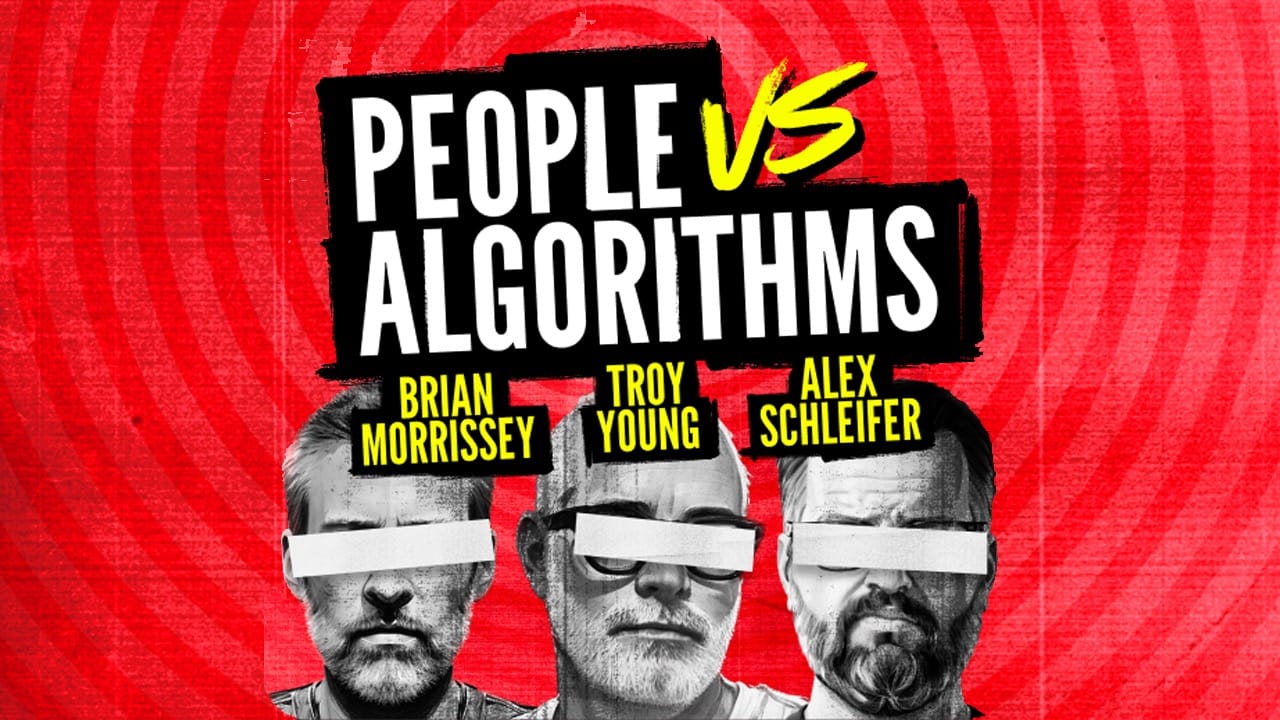
On the latest episode of People vs Algorithms, we discuss whether AI needs an iPhone moment because, to date, I just don’t see normal people believing this has changed much about their day-to-day lives. I believe AI will change all kinds of things over time, only I also know that Silicon Valley, in cahoots with VCs and Wall Street, need to tune the hype machine to overdrive. Watch PvA on YouTube, listen on Apple | Spotify | other podcast platforms.
In the PvA newsletter, we have more discussion on the topics, our links of the week, and Anonymous Banker on why they’re not worried about AI replacing them because – wait for it – this is a relationships business.
Send me your feedback by hitting reply or emailing me at bmorrissey@therebooting.com. Reminder: Take the audience survey.

